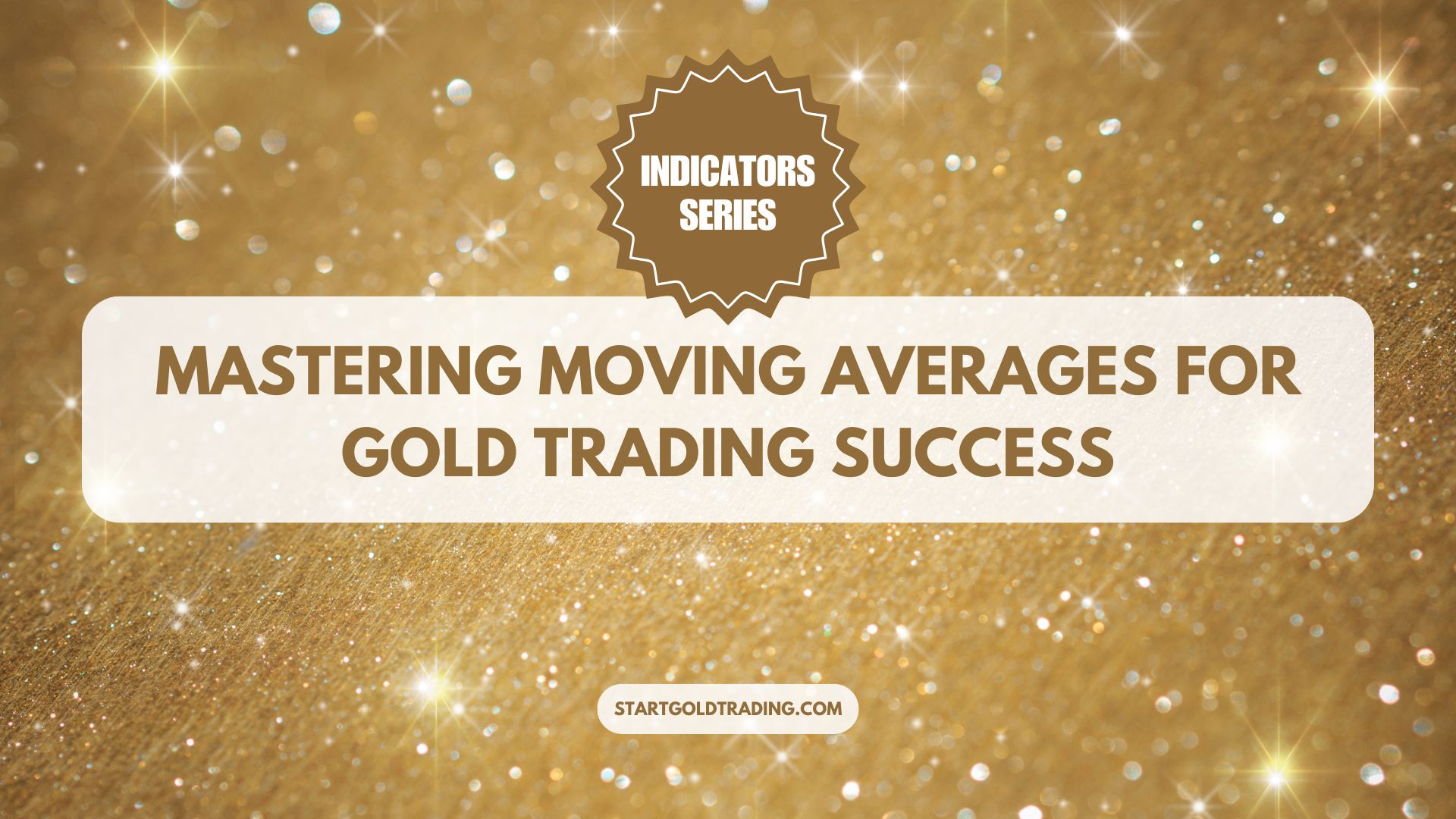Introduction to Moving Averages
Moving averages are fundamental tools used in technical analysis to smooth out price trends by filtering out the noise from random short-term fluctuations. They are used extensively across various markets, including the volatile gold market. A moving average (MA) provides a clear visualization of the price trend over a specified period of time, making it easier for traders to understand the market’s direction at a glance.
Types of Moving Averages
Before diving into the application of moving averages in gold trading, it’s essential to understand the different types that traders use:
- Simple Moving Average (SMA): This is the most straightforward type of moving average, calculated by taking the arithmetic mean of a given set of prices over the specified number of days in the past. For example, a 20-day SMA would add up the closing prices of the last 20 days and divide by 20.
- Exponential Moving Average (EMA): Unlike SMA, EMA gives more weight to recent prices, which helps it respond more quickly to price changes. This is particularly useful in the gold market, where prices can change rapidly.
- Weighted Moving Average (WMA): This type places even more emphasis on the most recent prices. It’s calculated by multiplying each price in the series by a weight factor, which decreases for older prices.
Application in Gold Trading
Moving averages can be utilized in several ways to enhance gold trading strategies:
- Trend Identification: The most basic use of moving averages is to identify the direction of the trend. When the price of gold is above a moving average, it suggests that the trend is upward, and vice versa.
- Support and Resistance Levels: Moving averages can act as dynamic support and resistance levels. In a bull market, a moving average can serve as a support level; in a bear market, it can act as resistance.
- Crossovers: A popular trading signal that involves two moving averages is the crossover. A bullish crossover occurs when a shorter-term MA (such as the 50-day MA) crosses above a longer-term MA (such as the 200-day MA). This is often referred to as a “Golden Cross.” Conversely, a bearish crossover (or “Death Cross”) occurs when the shorter MA crosses below the longer MA.
Execution Strategies
Here are detailed steps on how to utilize moving averages in gold trading:
- Choose the Right Time Frame and Type: Depending on your trading style (day trading, swing trading, or long-term investing), choose the appropriate length of the moving average and the type (SMA, EMA, or WMA). Day traders might prefer shorter MAs (like 10-day), while long-term traders might opt for longer periods (like 200-day).
- Analyze Price Movements Relative to MAs: Watch how the price interacts with the moving averages. Prices consistently above a moving average may indicate a strong uptrend, while prices below may indicate a downtrend.
- Utilize MA Crossovers for Trading Decisions: Implement buy signals when a short-term MA crosses above a long-term MA, and consider selling or shorting opportunities when a short-term MA crosses below.
- Combine with Other Indicators: For more robust trading strategies, combine moving averages with other technical indicators such as RSI, MACD, or Bollinger Bands to confirm trends and signals.
Pros and Cons
Pros:
- Ease of Use: Moving averages are simple to use and interpret, making them ideal for beginners.
- Flexibility: Applicable in various trading time frames and strategies.
Cons:
- Lagging Indicator: Since MAs are based on past prices, they can lag behind the actual market movements, which can sometimes result in late entries or exits.
- Potential for False Signals: Particularly in a choppy market, moving averages can produce false signals that could mislead traders.
Conclusion
Moving averages are versatile tools in a gold trader’s arsenal, providing essential insights into market trends and potential turning points. While they are incredibly useful, it’s important for traders to be aware of their limitations and to use them in conjunction with other technical analysis tools to validate their trading signals. By understanding and effectively applying moving averages, traders can enhance their ability to make informed decisions in the dynamic gold trading market.

